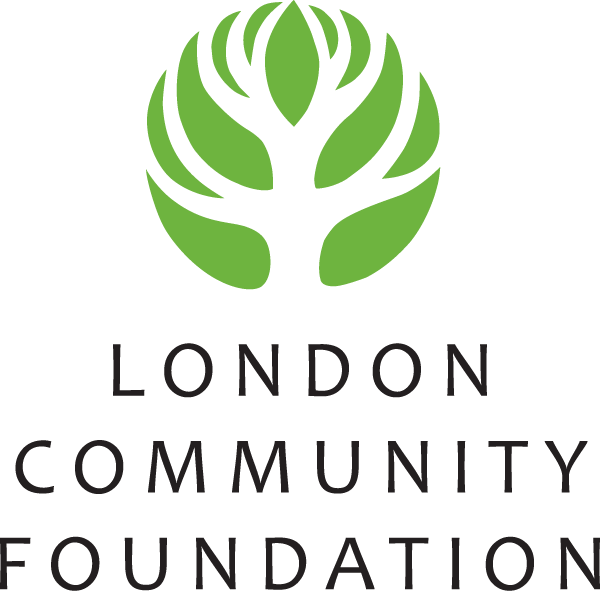Two Things at Once: Building for the Future While Dealing With the Present
Two Things at Once: Building for the Future While Dealing With the Present
by Larry Cornies
The Thames River and Harris Park (Photo by: Larry Cornies)
Larry Cornies
Remember that last gloriously sunny and warm Sunday in October — the one just before the federal election?
Jacquelyn and I agreed that it was just too nice outside to stay in our house. She suggested we head down to Museum London, where the Graham Lear Trio, a jazz ensemble, was playing a free concert.
We arrived just as the performance began. The place was packed. I hadn’t yet attended an event in the Museum’s Centre at the Forks space overlooking the river and was thrilled by the vistas offered by the room’s floor-to-ceiling windows. It seemed a perfect moment: a brilliant autumn day, a great jazz concert, a room full of appreciative Londoners, a beautiful view of the Thames.
We left about two hours later, having toured a couple of galleries and visited the gift shop between sets. As we drove west across the Queens Avenue Bridge, Jacquelyn suggested we extend our little expedition. After all, there was still plenty of warm sunshine and the fall colours were at their peak. She suggested we walk the promenade along the west side of the Thames.
We drove north on Wharncliffe and parked on Blackfriars Street, then chatted with a construction worker who was going about the business of re-opening Blackfriars Bridge to vehicular traffic. On the walk south along the berm, we stopped many times to take photos — of the newly resplendent bridge, of the downtown bathed in a late afternoon gold, of the dazzling fall colours across the river, of waterfowl that seemed to glide effortlessly into the river below.
The Thames River and Harris Park (Photo by: Larry Cornies)
I was also struck by different types of people who had been attracted by the river that late afternoon: cyclists and pedestrians from many different cultural and ethnic communities, pet owners walking their dogs (a special shout-out to Clancy, the wheaten terrier), seniors and teens, students with readings or homework in hand, children in strollers and wagons being pushed or toted by young parents. I obliged some Asian visitors by shooting a photo of their foursome against the gorgeous cityscape.
When we reached the Queen Street Bridge and the Forks, from whence we’d come just an hour earlier, I thought again about the Back to the River project — and how much it would beautifully complement what we’d seen and experienced that afternoon. It would add a visual exclamation point to the redevelopment of the Forks, already haltingly underway. It would complete, in dramatic fashion, the visual proclamation that Indigenous and settler peoples alike have found their origins and sustenance here.
London has other challenges, to be sure. The current push to solve the homelessness problem and to deal with poverty in the city has its place. Indeed, it should be a priority.
But great cities can hold several things in mind at once. They can move forward to solve contemporary problems while also considering their heritage and future. They can think pragmatically and inter-generationally at once. And Back to the River represents just such an opportunity, not to be missed.

